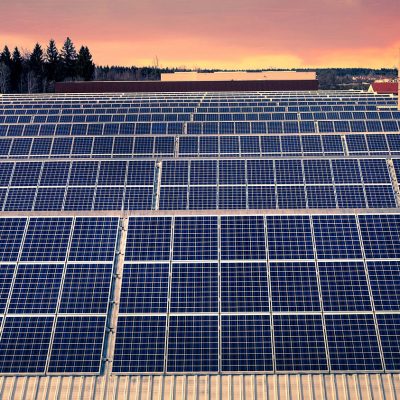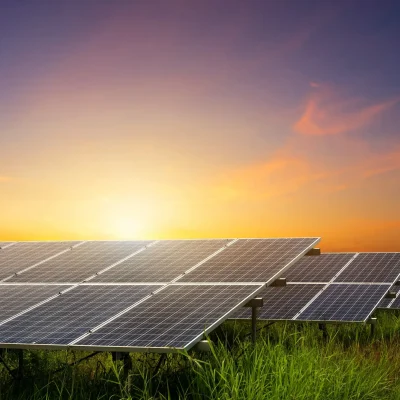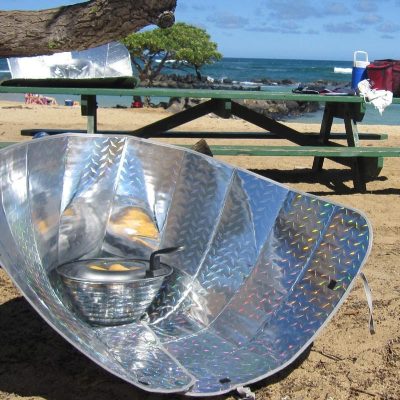The use of solar energy is increasing. By the end of 2020, the total PV capacity has increased from 1.4 GW to 760 GW.

If that weren’t astounding enough, solar energy now supplies approximately 4% of the world’s electricity requirements.
Before we begin to congratulate ourselves on this accomplishment, we should be aware that some experts consider this power generation technique to be nothing more than a ticking time bomb.
Solar panels now consume more than 90% of all photovoltaic cells produced. Crystalline silicon is used in these solar panels. Why is that a problem, though?
The issue is that crystalline silicon only lasts for thirty years. By the end of 2030, experts predict that 8 million metric tonnes of these panels will be generated as garbage.
While it may make us glad to create electricity without requiring any fuel, the same process will eventually lead to the production of harmful waste.
For this reason, experts emphasise the recycling of solar panels.
The material from solar panels is being recycled and used again by solar companies. The least expensive and most efficient approach to recycle solar panels is to reuse the material.
A used solar panel, for instance, will be almost half as expensive as a new one. And it’s possible that the market pricing for the solar panel’s component parts is even lower.
However, given the quantity of electricity they will produce, some experts even assert that installing old panels could not even be worthwhile. The used panels that are often sold are in a state that allows for landfill disposal.
Solar power is both affordable and sustainable. However, it’s crucial to remember that the solar panel you’re utilising to produce electricity only has a 30-year lifespan. The crystalline silicon in the solar panel will begin to work less well after 30 years. This is the moment to either replace them or fully get rid of them.
More and more solar panels are discarded as the years pass. The amount of waste from solar panels in the world is expected to reach 80 million tonnes by the year 2050.
Solar panel recycling is crucial to reducing waste production.
Reusing Solar Panels Will Reuse Expensive and Rare Elements
Solar panel recycling will have a financial impact. Gallium and indium, two elements used in solar panels, are being removed from the environment. Solar panels can help us conserve the planet’s finite resources if we can recycle them.
Recycling Is Environmentally Beneficial
Like any other product, it is not environmentally pleasant to dispose of. Additionally, if heavy metals like lead and cadmium are not properly disposed of, they might affect the environment. Overall, we can prevent dangerous materials from entering landfills and the environment by recycling.
The many physical components of the photovoltaic cell must be understood when addressing the recycling of solar panels.
These fundamental parts make up the majority of solar panels.
an aluminum-based metal frame.
solar glass.
solar cells made of silicon crystals.
Wiring.
Out of all the components, a solar panel is constructed of recyclable elements including glass, aluminium, and copper. Solar cells, however, are the true issue. Recycling a solar cell requires more than just copper and glass.
It is a complicated procedure because the material in solar cells needs to be separated and recycled in different ways. Further complicating the recycling process is the polymer sealing used on solar cells, which contains the chemical ethylene-vinyl acetate.
Solar Panels Recycled Chemically
The procedure of heating the solar cells and delaminating the solar panel is known as chemical treatment. The chemical aids in the chemical component’s separation and recapture in its purest state.
This area has been the subject of promising research. The only thing missing from it are its extensive alterations.
Its commercial viability is challenged by the use of chemical compounds in the process, which during heating produce hazardous gases.
Solar Panels Recycled Mechanically
Mechanical recycling is a simpler method of recycling solar panels. Large-scale recycling can be carried out in this manner. The complete solar panel is disassembled as part of the mechanical recycling process, and each individual component is then recycled.
The materials are reduced in size during the mechanical recycling process. The texture resembles sand in consistency.
The substance is then subjected to magnetic separation, where metal and isolate are separated. The priceless substance can be utilised once more to create glass, insulation, and other items.
Reuse and refurbishment of solar panels
The lifespan of solar panels is estimated to be close to 30 years. And the warranty is valid for this lifespan. Solar panels, however, are still functional 20 years later. Their performance simply declined.
This raises the question of whether solar panels can be recycled or repaired.
They can be renovated and reused, is the solution. Because it will require less processing than mechanical and chemical recycling techniques, this method will actually be the most cost-effective.
Reused solar panels are very inexpensive, making it simple for homeowners to install them in their houses. They will indeed create little energy. However, if all the numbers add up, they are still worthwhile.


